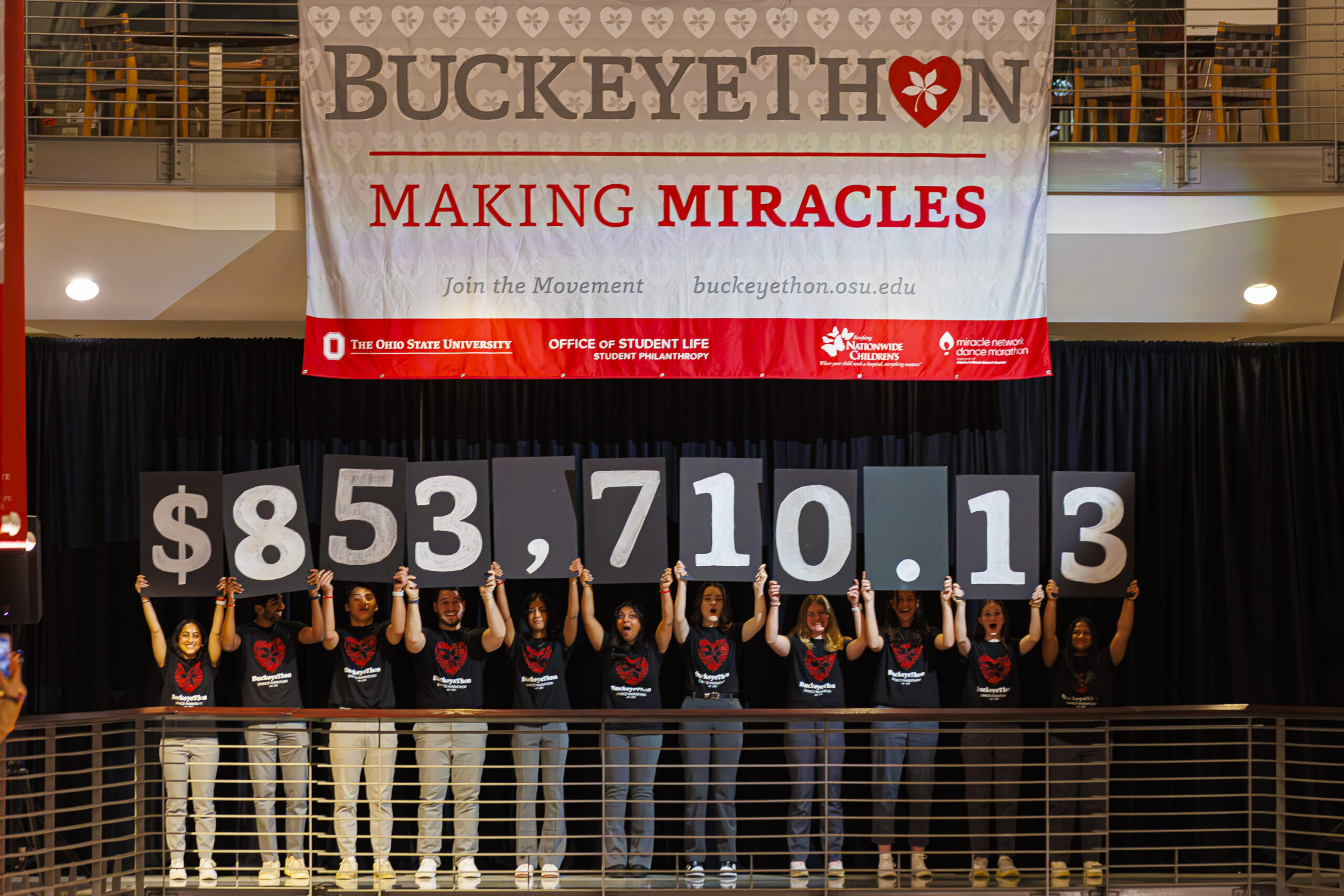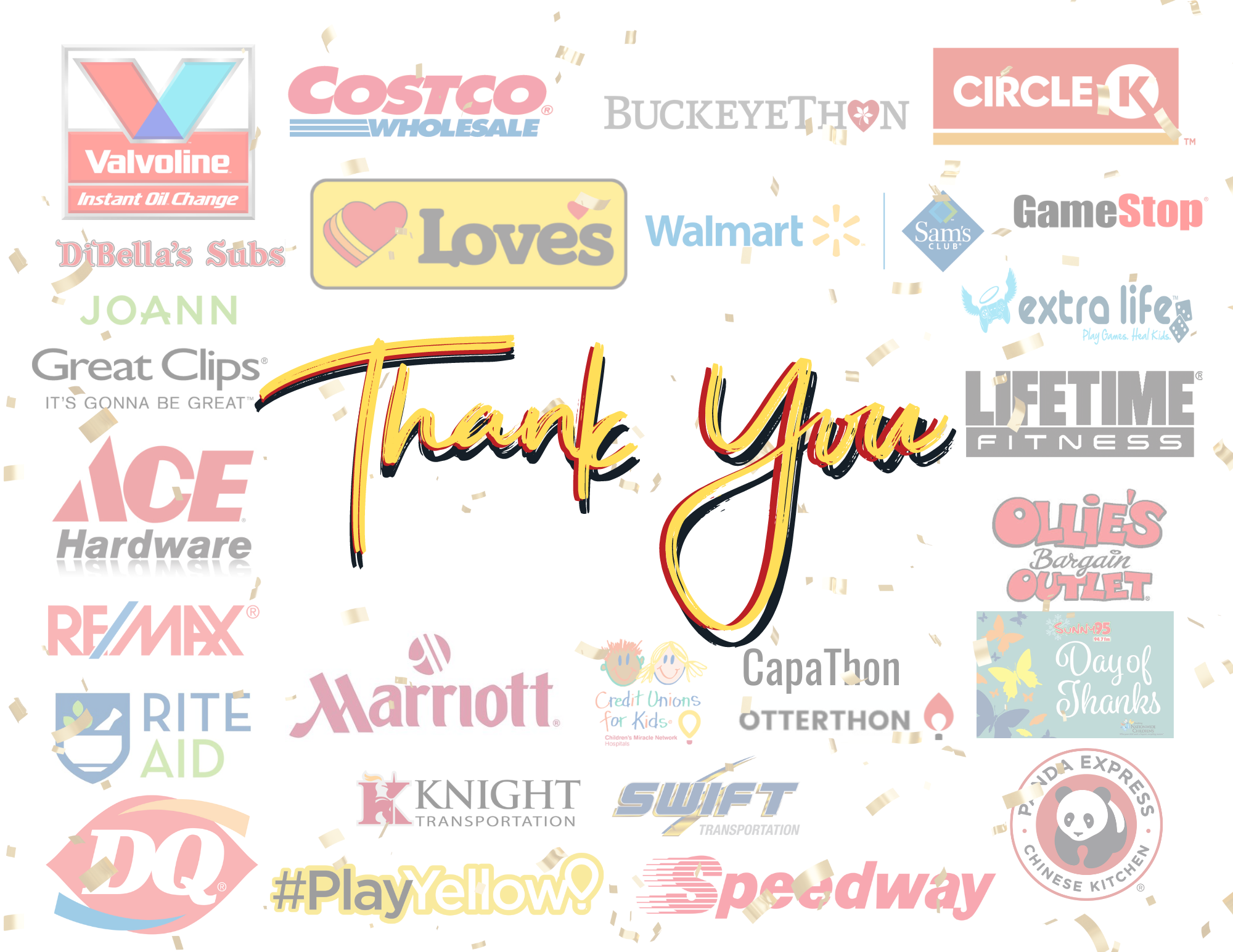Meet Our Therapeutic Facility Dogs
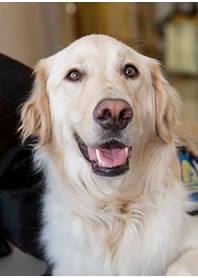
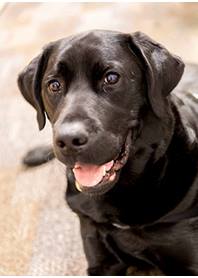
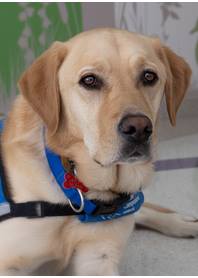
Featured (Left to Right) Beck, Hud II, and Boltz
Service dogs were created to provide people with disabilities opportunities to fully participate in everyday life with the least number of restrictions.
What exactly is a Service Dog? Can my dog be a Service Dog?
According to the American with Disabilities Act (ADA), a service animal is “…a dog that has been individually trained to do work or perform tasks for an individual with a disability. The tasks performed must be directly related to the person’s disability.” Service dogs are not intended for “pet therapy.”
Types of Service Dogs
There are many types of identified service dogs. Some include: Guide dogs, hearing dogs, mobility assistant dogs, diabetic alert dogs, seizure alert dogs, allergy detecting dogs, and Trauma (PTSD) Support dogs. Typical breeds for these “jobs” are often Retrievers or German Shepherds; often because of their size, agility and ability to learn.
What does a typical day look like for a Facility Dog?
Our Facility Dogs, Beck and Hud, know it’s time for work when they eagerly put on their working vests, get their leashes and hop into the car. They spend the morning in the office, greeting the Clinical Therapies team while we review patient needs and determine which patients will be on the schedule. Then they are off with their handlers to greet patients and families with their puppy dog smiles and wagging tails. They each have unique personalities that meet the needs of the patient populations with whom they work. They work hard performing many of their learned 40 commands and being on their best behavior to help us meet the needs and goals for our patients.
What tasks are assigned to Facility Dogs?
Every day, our dogs work hard with patients at the hospital. Hud and Beck work with specific populations including; physical rehabilitation, behavioral health and other patient diagnosis as needed. When using Animal Assisted Therapy, we are focused on specific goals that we are not able to achieve with human intervention alone. Some of these goals include:
- Increase self-esteem and confidence
- Increase assertiveness, voice tone and self-expression
- Reduce anxiety and stress
- Improve strength and endurance
- Improve cognitive and memory skills
- Improve motivation and engagement
Service Dog Etiquette Dos and Don’ts
Before you approach, talk to or touch a service dog, there are some things you should know. Distracting a service dog can interfere with the very important job they are doing and could potentially cause harm.
- DO ask before petting a service dog.
- DO talk to the owner/handler and not the dog.
- DO admire from afar. We are working.
- DON’T offer food to a service dog – this can be a distraction and many service dogs are on a special diets.
- DON’T assume a napping service dog is off duty.
- DON’T approach a service dog with your dog unless given permission.
- DON’T assume a service dog never gets to have fun.
Our Facility Dogs
At Nationwide Children’s Hospital we partner with Canine Companions (CCI) for Independence who have placed our black Labrador Retriever, Hud II, and our Golden/Lab Retriever cross, Beck, for their Facility Dog jobs. Since 1975 CCI has placed over 5,500 assistance dogs to work with people with disabilities. They train service dogs specifically in four categories including: Service Dog, Hearing Dog, Skilled Companion, and Facility Dog. Both of our pups were born by selective breeding and trained every day from birth until they were over 2 years old to meet the service dog requirements as well as fulfill their job duties at Nationwide Children’s Hospital.
More information
If you are interested in a service dog be sure to understand the differences in training, credentialing, and legal practices. A good place to start is looking at the Canine for Companions Website. If you see Beck or Hud working, be assured they are working hard to make a difference in the lives of the patients they serve.
For more information about Nationwide Children’s Hospital’s Inpatient Rehabilitation Program, click here.

